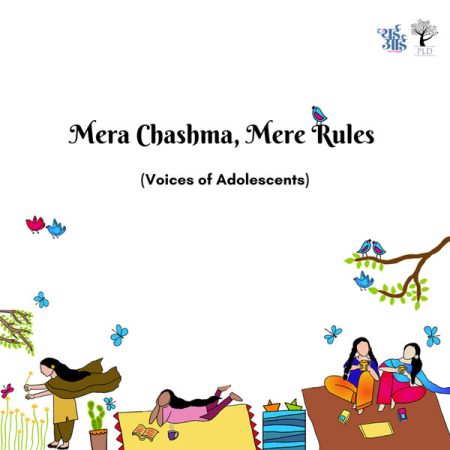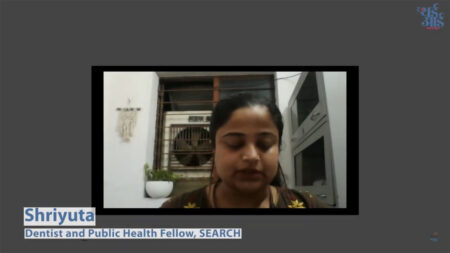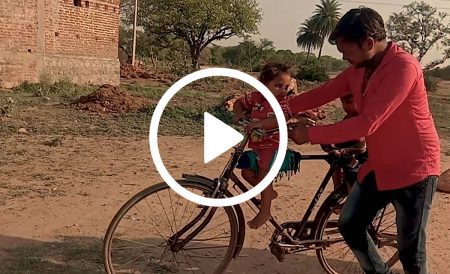Achal Dodia has participated in the Travel Log programme with The Third Eye for its City Edition. The Travel Log mentored 13 writers and image-makers from across India’s bylanes, who reimagine the idea of the city through a feminist lens.
Achal writes and draws from Vadodara, Gujarat.
This comic is the second of a three part series on looking at spaces through a queer lens.


How conveniently my dadi called the voice a she. A voice I know she can hear through the phone, as his. But good for us! Until I come out to her.
I’ve played multiple roles everywhere. I’ve played straight in the most vulnerable space of college: the men’s toilet. Not only vulnerable, but also extremely masculine and vulgar. Alongwith toilets, in all other spaces also I need to sit ‘manly’, walk ‘manly’, talk ‘manly’, express ‘manly’. Otherwise, I am a “gud”, “gandu”, etc.





Being alone and queer in public is scary sometimes. You come across people who judge you by your clothing, style of walking, etc. But the same space, if it has more people expressing themselves, becomes a safe space.
There are times when I go on casual dates. That is when I am queer-most in public.






I continued to share the experience I had with Arnab (my boyfriend). No one assumes two guys are having a relationship in a public space. Everyone thinks they are friends and hence, no eyes roll.
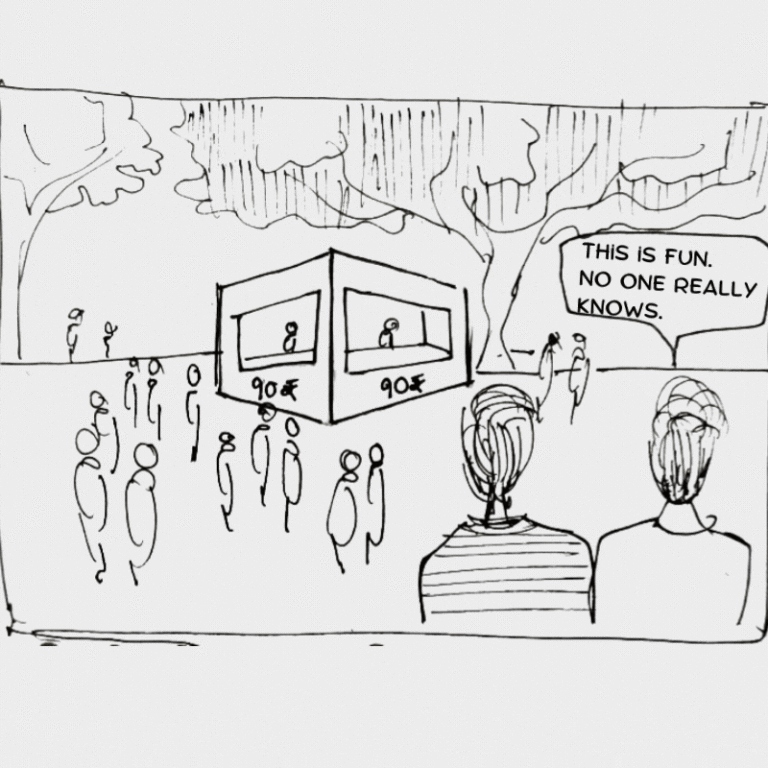
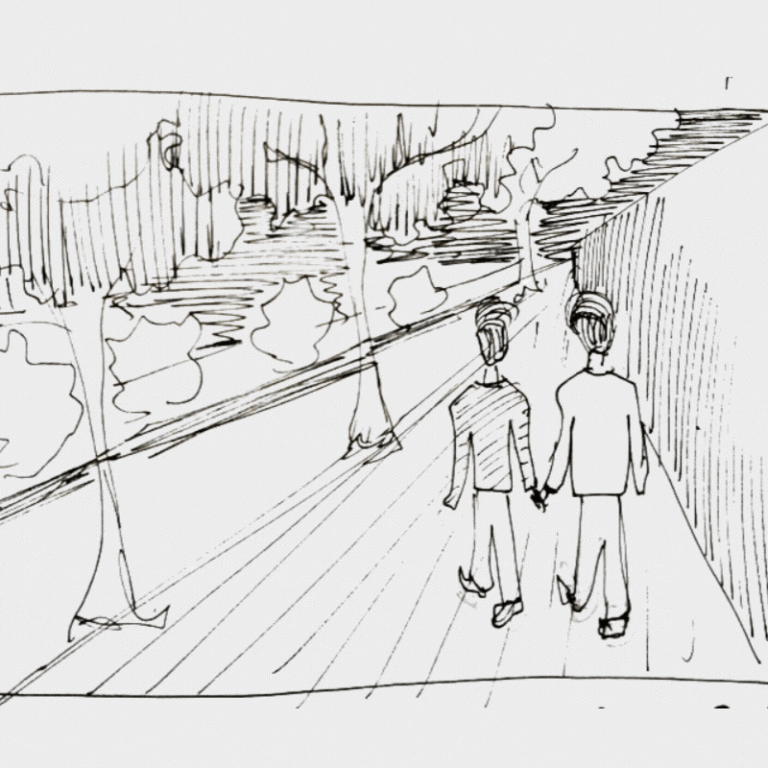
Every time he visits home or I visit him, I learn a little more about living this relationship in public. How to be safe and how to find little spaces of intimacy: by holding hands in the dark, interlocking fingers, a little tickle, a quick pat on back, an eye contact, a smile, sharing food, sharing tea, buying a plant together, cruising in a nursery, finding different spots in the city, going to a café, visiting book fair, etc.. Hidden love is full of adrenaline.
But till when?



